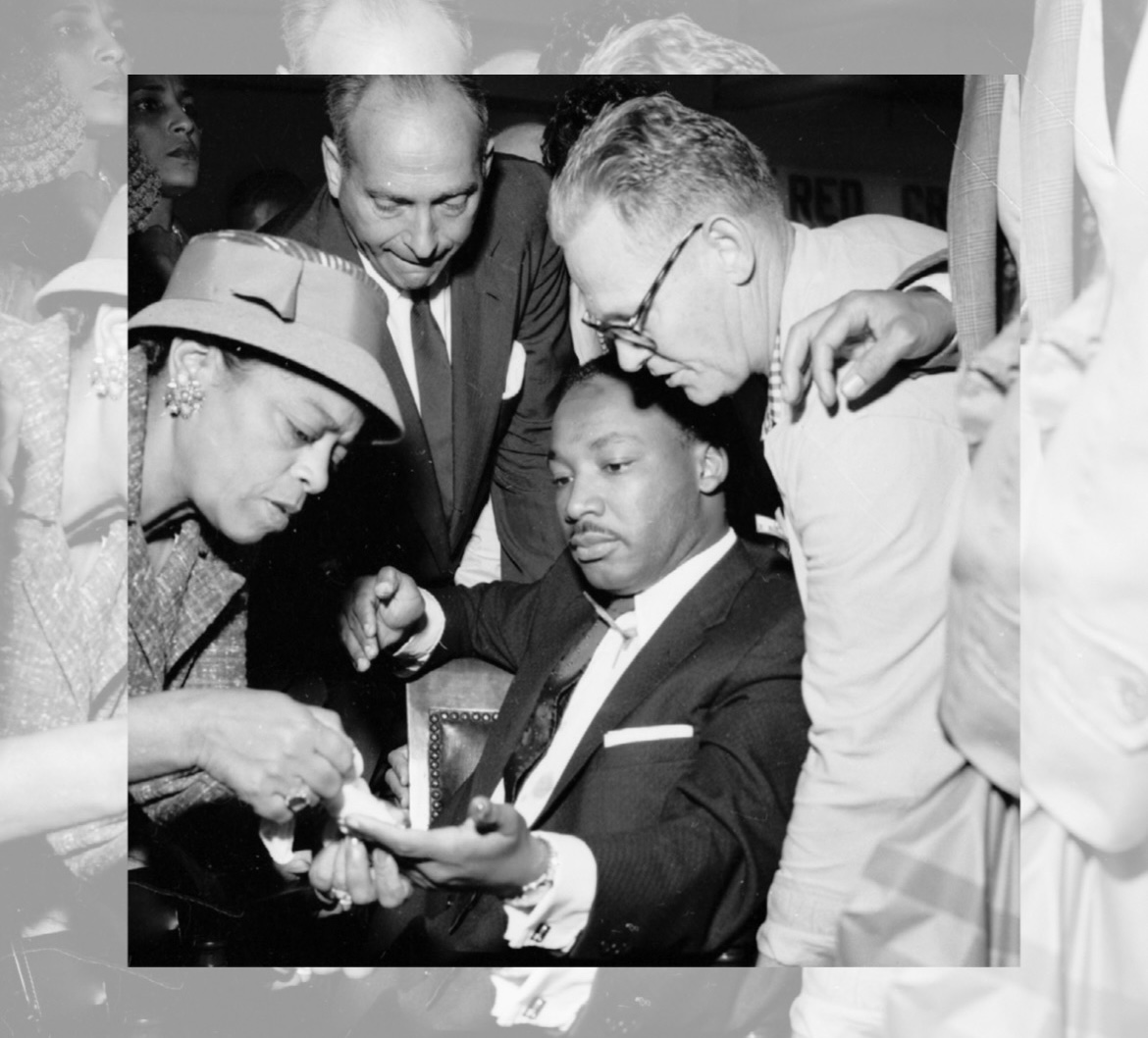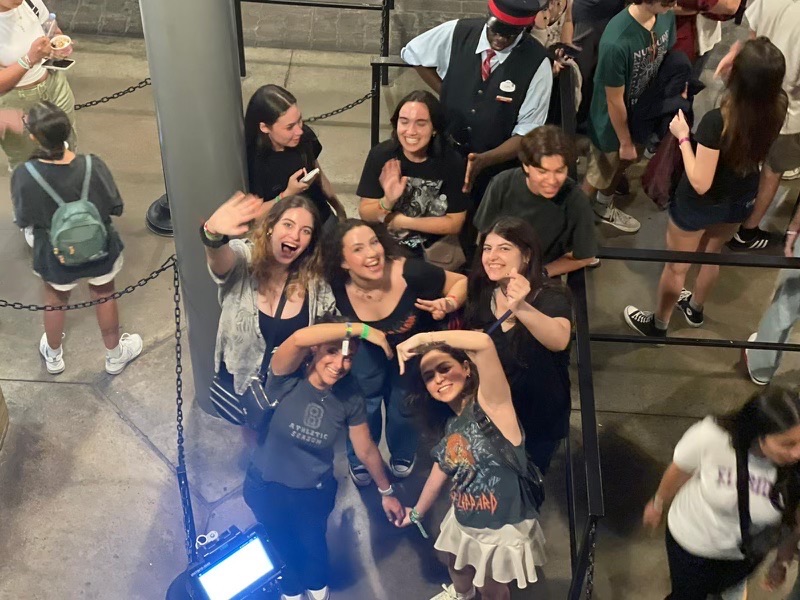One of the most influential civil rights movement leaders was tragically assassinated on the fateful day of April 4th, 1968. Dr. Martin Luther King, Jr. was a man who was set firm in his beliefs of non-violence and racial equality. These beliefs went completely against many of society’s beliefs at this time. This resulted in many individuals fostering great anger towards Dr. King. Ultimately, one of these individuals took his life.
In 1958 Dr. King was at a Blumstein’s Department Store signing autographs of his memoir about the Montgomery Bus Boycott, titled Stride Toward Freedom. A Black woman approached him and questioned his identity asking, “Are you, Martin Luther King?” Once he confirmed his it, she proceeded to stab Dr. King’s chest with a letter opener. The woman, Izola Ware Curry, had been watching MLK for close to a decade before this incident. She believed him to be a communist. It was later determined that she suffered from schizophrenia and was admitted to a hospital for the mentally ill to be treated.
“From what I’ve read, it was quite clear that Izola suffered from mental health issues. But I’m glad that she received the help she needed,” said junior Stephanie Perera.
It’s short of a miracle that Dr. King survived this attempted assassination. He remained his typical calm composure as chaos ensued around him after the attack. The weapon was located in his sternum just an inch away from his aorta. Had he sneezed or coughed, his life would’ve been taken away in an instant. He would’ve not been present for many eventful moments in his career like his delivery of his “I Have a Dream” speech at the March on Washington.
Thankfully, he was transported to Harlem Hospital where he went through an intensive emergency surgery that he survived.
“Doctors told him that his recovery would take months, but he actually recovered in just a few weeks,” said sophomore Amelie Terry.
Despite this traumatizing incident, Dr. King remained determined to spread his beliefs. This made him a constant target for those resisting social change. One individual who resisted these societal changes was James Earl Ray. He shot Dr. King dead while he was standing on the balcony of the Lorraine Hotel in Memphis, Tennessee. The bullet severed his spinal cord and he was tragically pronounced dead upon his arrival at the local hospital.
James Earl Ray had a deep hatred for Blacks and he was an escaped convict at the time of Dr. King’s death. A rifle was found near the crime scene and its fingerprints lead the police right to Ray. As a manhunt ensued for Ray, he had managed to get a falsified Canadian passport and escape the United States. He was later extradited to the US. In March 1969, he pleaded guilty to Dr. King’s murder. He was sentenced to 99 years in prison.
Martin Luther King was assassinated at only 39-years-old. He left behind his family, his wife, and his children the youngest of which was only 5-years-old at the time.
His fruitful efforts in the civil rights movement are still thriving to this day as his widow and adult children ensured that their father’s legacy will never die out.
This historic man’s legacy is honored every year on the third Monday of January.








